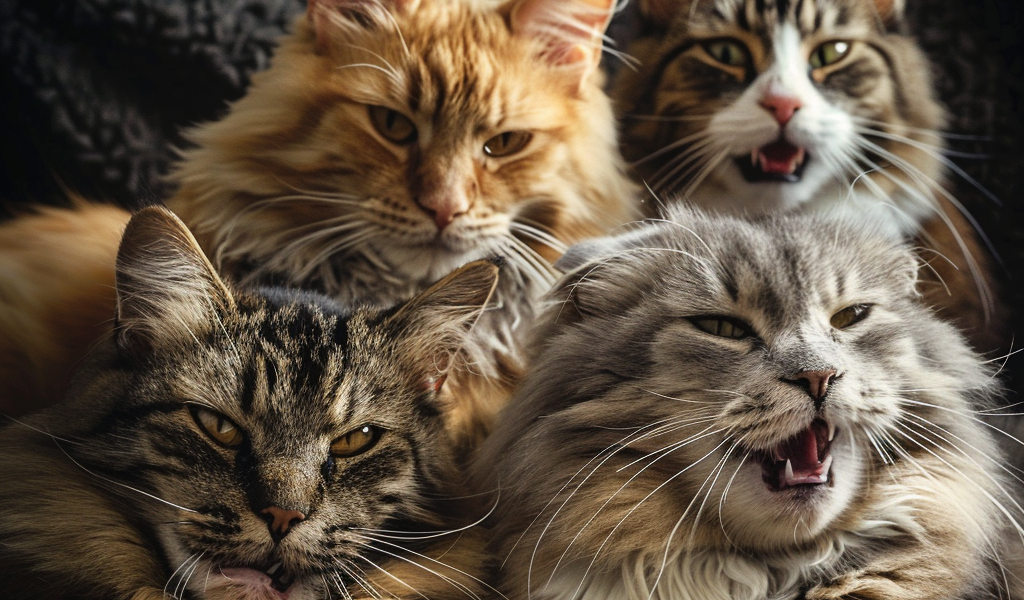Four more cats have tragically succumbed to the highly pathogenic avian flu H5N1, sparking concerns as a new report highlights unprecedented evidence of efficient mammal-to-mammal transmission. The recent deaths bring the total number of feline fatalities to 14 since the onset of Spring 2024, with a total of 24 cats succumbing to H5N1 over the past two years.
According to reports from BNO News, among the latest casualties were two pet cats in Campbell County, South Dakota, with no known links to poultry or dairy farms. Additionally, two other cats from Michigan, specifically Isabella County and Ionia County, were barn cats residing at commercial dairy farms where infected cows were present. Notably, two opossums on the same property also tested positive for H5N1.
Shilo Weir, a spokesperson for the USDA’s Animal and Plant Health Inspection Service, emphasized the heightened susceptibility of cats to H5N1 2.3.4.4b viruses, noting that most affected felines were in close proximity to affected poultry or dairy facilities.
Recent developments have revealed a concerning trend of H5N1 clade 2.3.4.4b spillovers affecting a wide range of mammalian species, including foxes, bears, cats, and harbor seals, leading to neurological complications such as encephalitis. Of particular alarm is the transmission of the virus to dairy cattle across 51 farms in 9 states, as highlighted by a collaborative study involving experts from Cornell University, Texas A&M Veterinary Medical Diagnostic Laboratory, Ohio Department of Agriculture, and the Southeast Poultry Research Laboratory at the USDA Agricultural Research Service in Athens, GA.
The study, published on the preprint server bioRXiv, underscores the unprecedented nature of the mammal-to-mammal transmission and the emergence of the ‘B3.13 genotype’ across 91 genome sequences obtained from dairy cows, birds, domestic cats, and a raccoon from affected dairy farms this spring.





